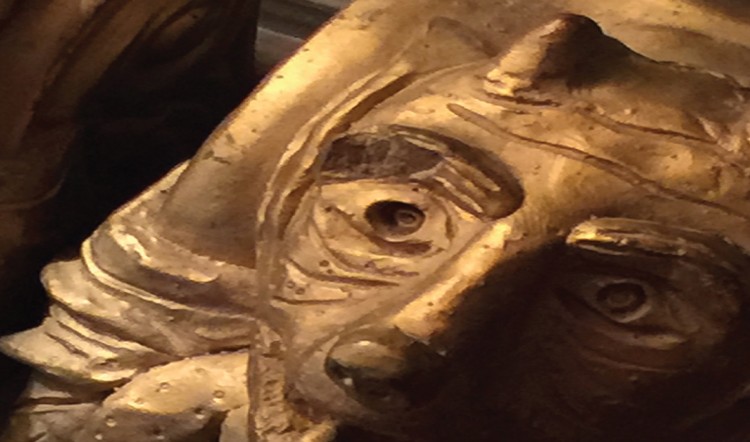Rough and Ugly Design Theory
From time to time, folks inquire about my design philosophy. Discussing design is something I greatly enjoy doing, just like sports enthusiasts like to dissect things and play Monday morning quarterback on Sunday’s game. I take the opportunity to refine my thoughts as bantering about theory versus practical application is something I enjoy tremendously. Such discussions serve as a whetstone to my approach, sharpening it so I can hack through the tangled process. Unfortunately, for some, the demystification of something they find truly magical makes it lose the very thing drawing them to it to begin with. In otherwords, if you see the details, they are much like everything else in life: hard work. Mr. Nose meet Mr. Grindstone. The two of you should get acquainted as you’ll be spending a lot of time together in the days ahead.
First off, I recommend playing a lot of games. I’ve been doing this ever since I was a little kid. I’m like the Tiger Woods of gaming (except without the fame, fortune, golf prowess, or the numerous indescretions). I suppose it jus means I’m a G4L! At any rate, you get a feel for the flow. I’d also recommend reading lots of books on plots, structure, the cinema, and everything else. It’s Friday and I’m too lazy to hunt down all the books I’ve read on the subject. If there is enough of an outcry on FB or Twitter, I’ll compile some sort of recommendation list. If you show motivation, I’ll reciprocate.
My post today is inspired by yesterday’s question regarding adventure design, and specifically timing isues. I responded with the full intent of repurposing it for today’s blog post. It’s Friday and I thought I was going to have to fulfill some other obligations today, but I’m still here, and the words are still in my notepad, so I’m going to give them to you pretty much as I threw them together.
This reminds me of something I’ve been meaning to mention. There is another rule I should lay down about my approach. I have a lot of writing to do and, though I enjoy this, it’s essential I get words down for the projects I’m working on–y’know, the words keeping the lights on around here, right? So, I’m presenting myself a bit informally, complete with ratty shorts, ragged t-shirt, and a case of bedhead. In other words, you’re getting the rough cut. Words frequently falling into a Faulkner-esque stream of conscious as opposed to the iron discipline I put into the work words. If I go back and read through what I’ve written, I’ll want to refine them, and time is sucked away from the other stuff I should be doing and this becomes work, but work that I do not get paid for in enjoyment, but in guilt for having expended all that time on these words instead of those words. Savvy? Good. So, enjoy the typos and misspellings as they arise. Embrace them as friends. Consider us talking and I get distracted by a squirrel in the yard or suddenly get the hiccups. We all get the hiccups from time to time. I’m glad we got that out of the way. I feel so much better.
Question: How do you address timing issues in adventure design?
Answer: The following is my answer. It addresses not only the particular, but ends up being written quite broadly, and reveals “The Company Line”. Enjoy the secrets.
Option 1 is to “have events happen on a hard timeline”–>depending on the characters actions, they may arrive early/late. Not always good for a one-shot, lends itself better to a campaign or extended play where the GM has more plates spinning in the air and there are more obvious choices/distractions for PCs.
Option 2: You can have it randomly determined. Again, a bit arbitrary, and leaves things wide open.
Option 3: Hardcode it: the characters either arrive too early or too late. This has the advantage from a writing/design perspective but may leave PCs feeling hosed.
Option 4: Present a baseline (early, late, etc) and provide a sidebar or prefatory text explaining how to modify events according to group’s style of play and/or actions taken. This has the advantage of being easy to develop from the designer’s POV, coupled with the flexibility for both player choice and ease of execution for the GM.How’s that?.
All options have advantages/disadvantages and I’ve written various types.Having refined our approach, we generally take the Option 4 model. However, in projects with a larger scope (such as EoDL), we are using a blended approach. Some things happen on a hard timeline (i.e. the Plot Point Campaign), as do Side Treks, while Mythos Tales go the option 4 route, activated by the Keeper or triggered by PC action.
Okay. 1k and done. I’ll see you tomorrow. That should prove interesting as it’s my first weekend blog entry in a very long time. I’ll start gathering words in my mind hole.
And with that, I bid you adieu!
